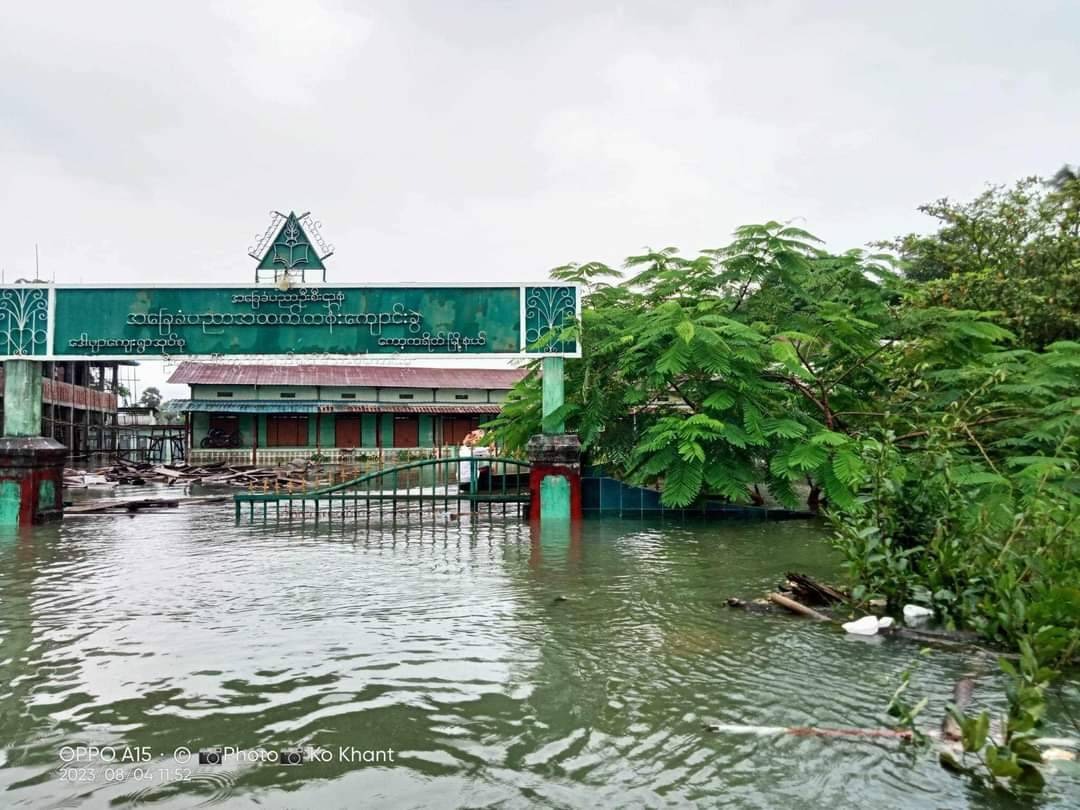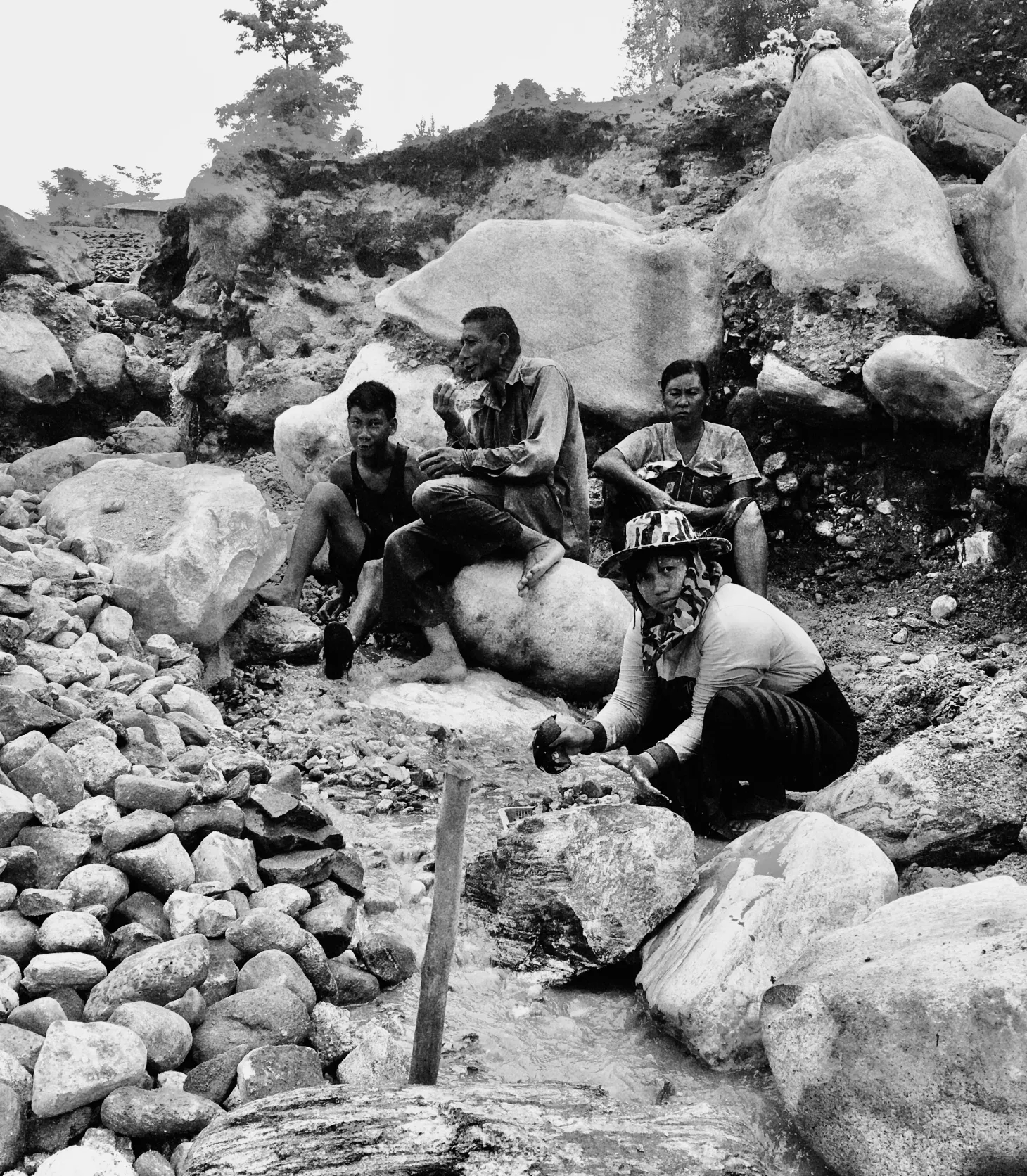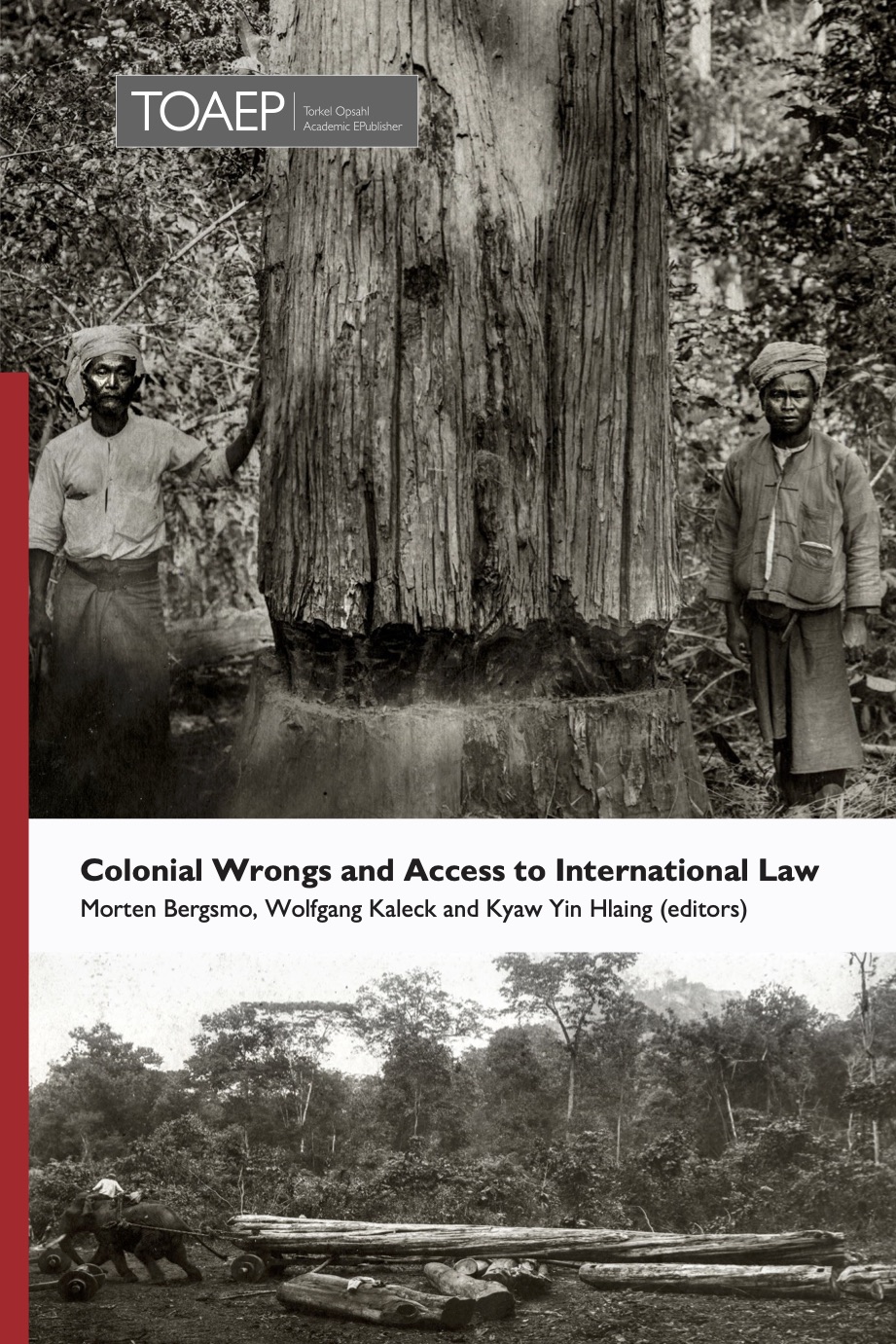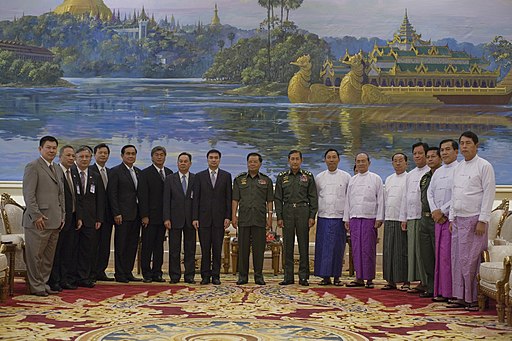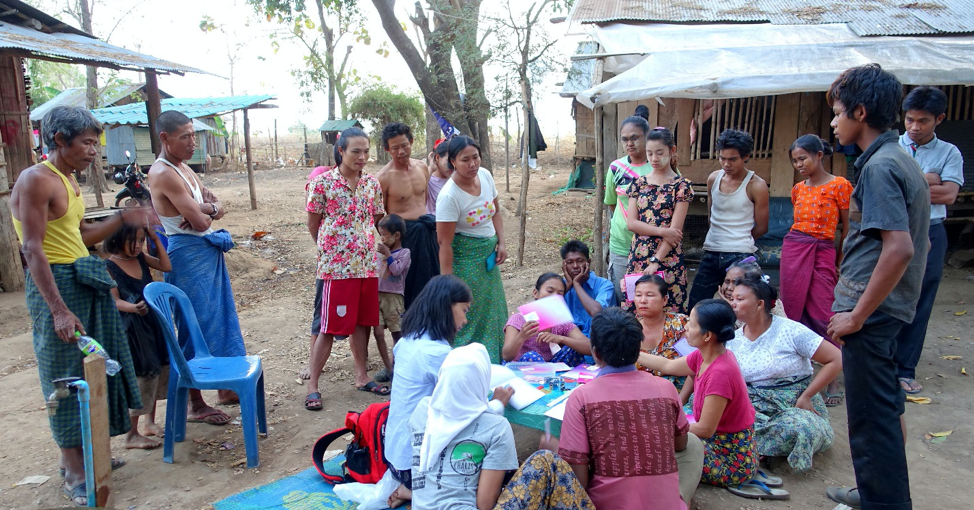Tinzar Htun reviews a new edition of Adam Simpson’s book on energy politics.
Access to energy is important for any country, and it’s especially true of emerging economies. Pursuit of energy security in the South sometimes leads to environmental insecurity, which can go beyond “post-materialistic issues” such as human rights abuses and threats to livelihood. Though Myanmar under the military regime was isolated by way of Western sanctions and the blockage of development aid, its natural resources proved to be attractive for its neighbours with booming economies. Thus, Thailand and China took the opportunity to form joint ventures with the military in energy projects. Thailand plays a particularly complex role by being both exporter and importer of energy, and a host to Myanmar’s exiled activist communities.
With this book, Adam Simpson presents environmental politics in Thailand and Myanmar, two emerging energy supply and demand chain countries in the Global South, by analysing activist campaigns against four mega transnational energy projects: the Yadana Gas Pipeline, the Shwe Gas Pipeline, Salween dams in Myanmar, and the Thai-Malaysia Gas Pipeline. The book covers Thai campaigns from the mid 1990s to the fall of the Thaksin government in 2006, and Myanmar campaigns from the mid 1990s to the formation of the new quasi-civilian government in 2011.
Simpson begins by providing a classification model of environmental movements proposed by Doyle and Doherty (2006), which consists of two categories. The first category is the emancipatory governance groups (EGGs), who have emancipatory objectives and organizational structures. The second is the environmental governance states (EGS), who have conservative environmental objectives and conservative organisational structures. Simpson argues that this model is too simple a tool to capture the diversity and complexity of environmental movements, and provides one further grouping which combines elements of both. He designates this category as the compromise governance groups (CGG), i.e., organizations that pursue emancipatory objectives but still have a relatively conservative management structure.
It is worth noting that Simpson applies the four green pillars of green politics which appeared for the first time in the 1983 political program of Die Grunen, the German Greens: ecological sustainability, participatory democracy, environmental justice and non-violence – as a measure of whether the Southern campaigns were successful or not. Despite the various campaigns, all the projects discussed in the book still went ahead. But to Simpson, the campaigns were successful because they manifested some degree of development of emancipatory processes. Thus developing organisational structures and environments that adhered to the four green pillars was more important.
However, the extent of activism largely depends upon the political regime under which environmental movements happen. Simpson states that Thailand under what he calls “a competitive authoritarian regime” and Myanmar under direct military rule, both faced environmental insecurities, but the history of the two countries contrast the opportunities available for environmental activism. While the political landscape in Thailand allowed avenues to challenge environmental and human rights issues related to projects, Myanmar under the military rule gave no space for domestic activism, thus transnational environmental activism by the exile diaspora emerged. At the same time, the author argues that although Thailand, on the surface at least, was more democratic and liberal than Myanmar, activists still faced crackdowns and life threats in some extreme cases. Simpson highlights that the combined interests of political and business elites often overshadow environmental securities of the marginalised communities in both countries.
The book examines various levels of campaigns, including informal groups, NGOs and coalitions, and provides important insights into the dynamics of local and transnational environmental activism separately, in which local activism is defined as activism undertaken at the physical location of a project. While key aims of mother organizations or coalitions were not achieved, i.e., halting the project or bringing democratic reforms, EGGs are more oriented on processes rather than outcomes.
The author analyses the impacts of local activism in the four mega energy projects by two components: firstly, public protests and secondly, engagement with the state and business through public participation. The ability to undertake the two components was determined by the political regime. In Myanmar, public protests and participation were non-existent while in Thailand, public expression of dissent was somewhat easier. Many activists used local religions and identity in campaigns. While ‘Engaged Buddhism’ was widely practiced among activists in Thailand with Buddhism being used as a cultural symbol during protests in the Yadana Gas Pipeline project, the Muslim villages in Southern Thailand used an Islamic identity “wakaf land” in the Trans Thailand Malaysia Pipeline project.
In addition, the author discusses the impacts of transnational activism on the four projects, more on Myanmar-centred projects because transnational activism there was the result of a widespread exiled diaspora. The transnational campaigns have being led by transnational coalitions that mainly comprised of Southern activists, which were assisted by the justice-focused Northern activists.
The author dedicates one whole chapter to Earth Rights International (ERI) because it qualifies as an EEG in aims and activities despite its nominal hierarchical structure. Straddling the South and the North, with interest in the realm of human rights and environmental protection, ERI works closely with the exile community while also collaborating with justice-focused groups from the North. ERI operated mainly in Thailand, but it was a key player in all the Myanmar campaigns and also engaged in covert activism inside Myanmar. ERI holds the values of the four green pillars and has developed strategies such as legal programs, training and campaigns. The success in the Unocal case in the Yadana Project and the founding of the Earth Rights Schools have empowered activists in the Mekong Region.
The first version of this book was published in 2014, so the author has decided to include a postscript of the current situation in Thailand and Myanmar. Environmental activism has increased significantly in recent years in Myanmar while Thailand has reverted to dictatorship. For example, the EITI implementation has paved ways for Myanmar to create a space for the government, the private sector and civil society to openly discuss and collaborate for the first time. However, the NLD government will still go ahead with the Salween Dams. While the construction of the Myitsone Dam was suspended by the Thein Sein’s administration after widespread protests and domestic campaign, the future is still unknown. The activists in both countries will continue to challenge large-scale energy projects that threaten environmental security and will strive to ensure that development is for everybody.
The book shows that although activists often fail to stop large scale development projects, they nevertheless see their campaigns as having been successful, because of their process-oriented nature. The book provides linkages between the political atmosphere and environmental activism, and makes readers ponder on how activist movements in the South, despite political constraints, will continue responding to the pursuit of energy security over environmental security.
Tinzar Htun is a consultant with the World Bank on the EITI Implementation Support in Myanmar. She holds a Bachelor’s degree in Social Science (Sustainable Development) from Ritsumeikan Asia Pacific University in Japan.
Works Cited
Doyle, T. and Doherty, B. 2006. ‘Green public spheres and the green governance state: The politics of emancipation and ecological conditionality.’ Environmental Politics. November, 15(5): 881–92.

